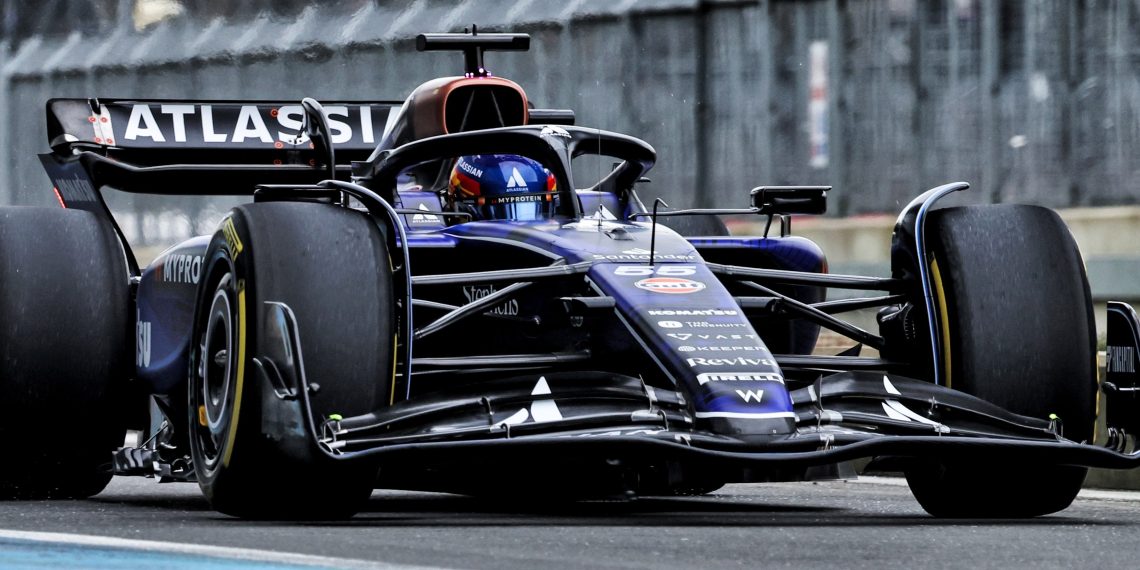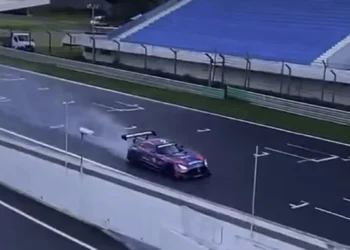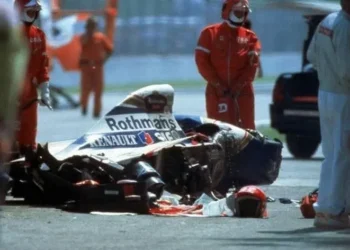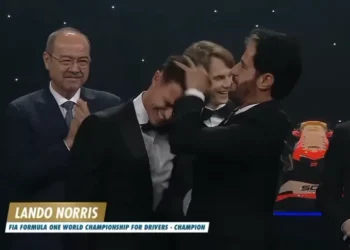Carlos Sainz is stepping into unfamiliar territory in 2025. After four seasons battling at the front with Ferrari, the Spanish driver now finds himself at Williams, a team still fighting to claw its way out of the midfield. But just how much will he miss the thrill of contending for victories and podiums? That’s the question he can’t yet answer.
Sainz has admitted he’s unsure how he’ll handle the transition, acknowledging that he won’t truly grasp the emotional weight of the change until the season gets underway.
“I don’t know how much I’m going to miss it. I don’t know how much fun I’m going to find it. Maybe you need to ask me more into the year how I’m finding it.”
After being sidelined by Ferrari in favor of Lewis Hamilton, and overlooked by both Red Bull and Mercedes, Sainz had no choice but to rethink his future. While he had other offers on the table, he chose Williams—a team with an illustrious past but a long road ahead to return to the front.
The Shock of Leaving Ferrari for the Midfield
Sainz’s Ferrari exit was nothing short of a gut punch. He had been actively negotiating a contract extension when the news of Hamilton’s arrival blindsided him.
Despite his solid performances—including a win in Singapore—Ferrari opted to partner Charles Leclerc with a proven seven-time champion, effectively shutting the door on Sainz’s hopes of staying with the Scuderia.
Now, the Spaniard is trading in a seat capable of winning races for one still struggling to consistently reach Q3. And while he remains optimistic about his role in Williams’ resurgence, the stark difference in competitiveness is bound to test his patience.
His final race with Ferrari at Abu Dhabi—where he finished second—was a painful reminder of what he’s leaving behind. The bittersweet nature of his departure is not lost on him, especially as Ferrari is expected to be a title contender in 2025.
But despite the shift in expectations, Sainz insists he’s at peace with his decision.
Why Sainz Chose Williams Over Other Offers
Many believed Sainz might pursue a seat with Alpine, Audi, or even Haas—but he bet on James Vowles’ long-term project at Williams instead.
Why? Because he sees a path back to the front, even if it’s not an immediate one.
“I feel supported. I feel a team full of good energy, positive energy. I have a team principal and a team that fully trusts in my abilities and that want to listen to what I say.”
Williams, under Vowles, is undergoing a massive transformation, investing in new infrastructure, expanding its workforce, and modernizing its operations. The project is ambitious, and Sainz wants to be a key piece in rebuilding one of F1’s most historic teams.
He also has faith in his new teammate, Alex Albon, to help push the team forward.
“I like Alex as a teammate and how we can both push this team forward. So the whole project, the whole thing, just motivates me a lot.”
Sainz has signed up for the long game, hoping that by 2026 and beyond, Williams will be in a position to fight at the front again. But that doesn’t mean it’ll be easy.
How Will He Cope With No Longer Fighting for Wins?
Sainz isn’t delusional—he knows he’s stepping out of the limelight for the foreseeable future. But how much will it affect him?
“How much I miss a win or how much I miss that and how jealous will I be of people that are fighting for positions that I used to be fighting, I cannot say.”
This is uncharted waters for him. Since joining McLaren in 2019, he’s always been in a team capable of fighting at the front—even if it wasn’t always for wins. Now, he’ll be lucky to crack the top 10 on a regular basis.
For any driver, the transition from race-winner to midfield struggler is a psychological challenge. While Sainz insists he’s motivated and excited, the reality of seeing his former rivals battling for victories without him will surely sting.
Can Williams Deliver the Comeback Sainz is Banking On?
The biggest risk for Sainz is whether Williams can actually deliver on its promises.
While the team has made steady progress under Vowles, it is still a midfield outfit that finished ninth in the 2024 Constructors’ Championship. Jumping from there to winning races is a monumental task.
Williams is already shifting its focus toward 2026, when new F1 regulations could shake up the pecking order. That means 2025 could be another year of pain—a necessary sacrifice for future success.
But for Sainz, that could mean an entire season without podiums, without wins, and without serious contention for anything more than minor points finishes.
The question is: Can he endure that wait?
What Happens If It All Goes Wrong?
While Sainz talks up his belief in the Williams project, what if the gamble doesn’t pay off?
If Williams remains a backmarker in 2025 and 2026, Sainz could find himself stuck in F1’s midfield with no way out.
At 30 years old, Sainz is in the prime of his career—but the grid is getting younger, and competition for top seats is fierce. If he spends too many years at Williams, he risks becoming an afterthought when elite teams are looking for drivers.
Would Red Bull, Mercedes, or Ferrari come knocking again after two or three years in the midfield? It’s a huge risk.
Final Thoughts: Will Sainz Regret This Move?
Right now, Carlos Sainz is embracing optimism—but the real test will come when the lights go out in Bahrain and he realizes that he’s fighting for P10 instead of podiums.
His move to Williams is a long-term play, but F1 is a cutthroat business. If the project fails, his career trajectory could suffer irreparable damage.
For now, Sainz is putting faith in the rebuild. But by mid-season, if Williams is still struggling, don’t be surprised if frustration starts creeping in.
If Ferrari dominates in 2025, and he’s watching Hamilton and Leclerc fight for a title, he’ll have every right to wonder:
Did I just make the biggest mistake of my career?








